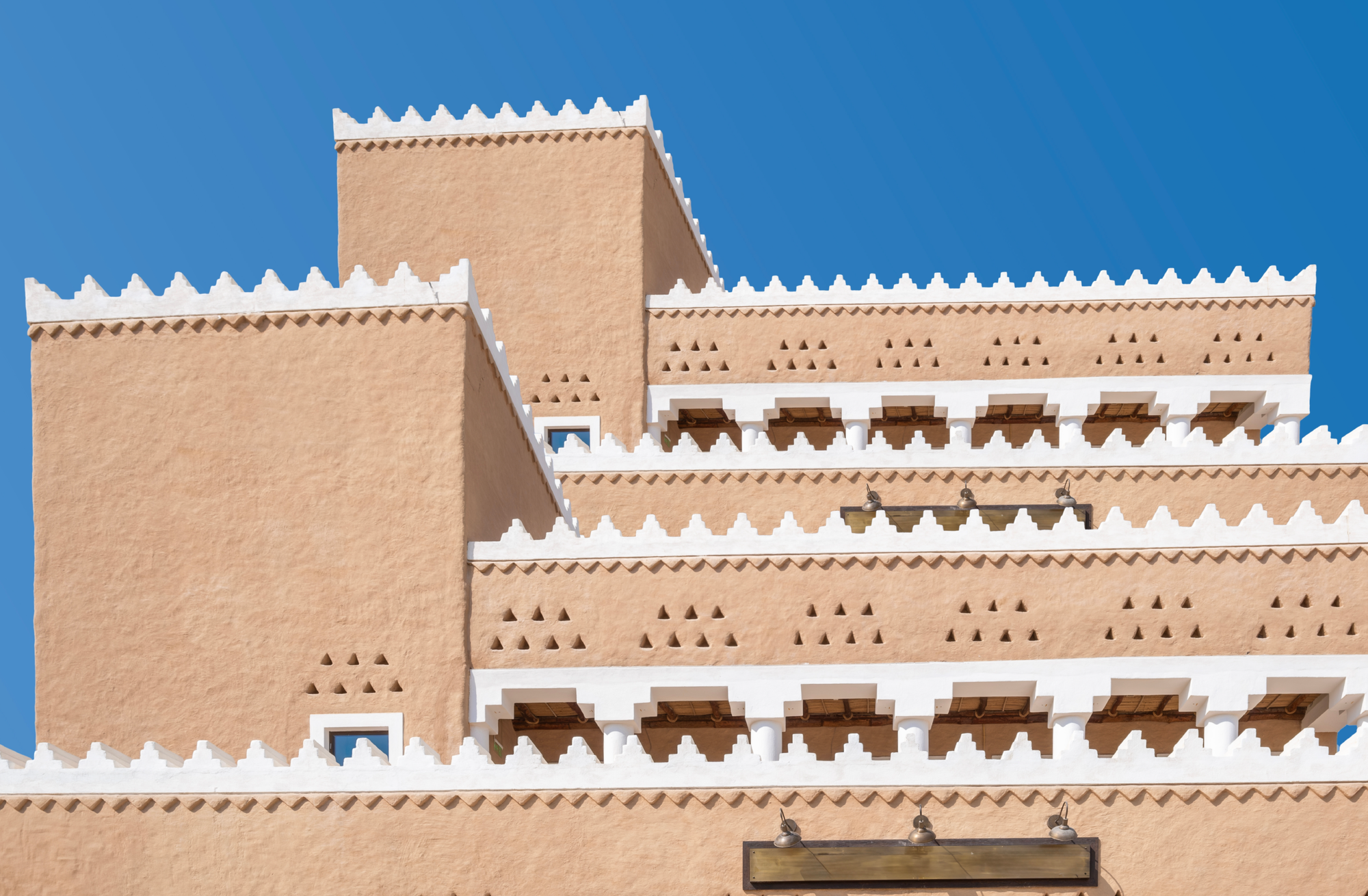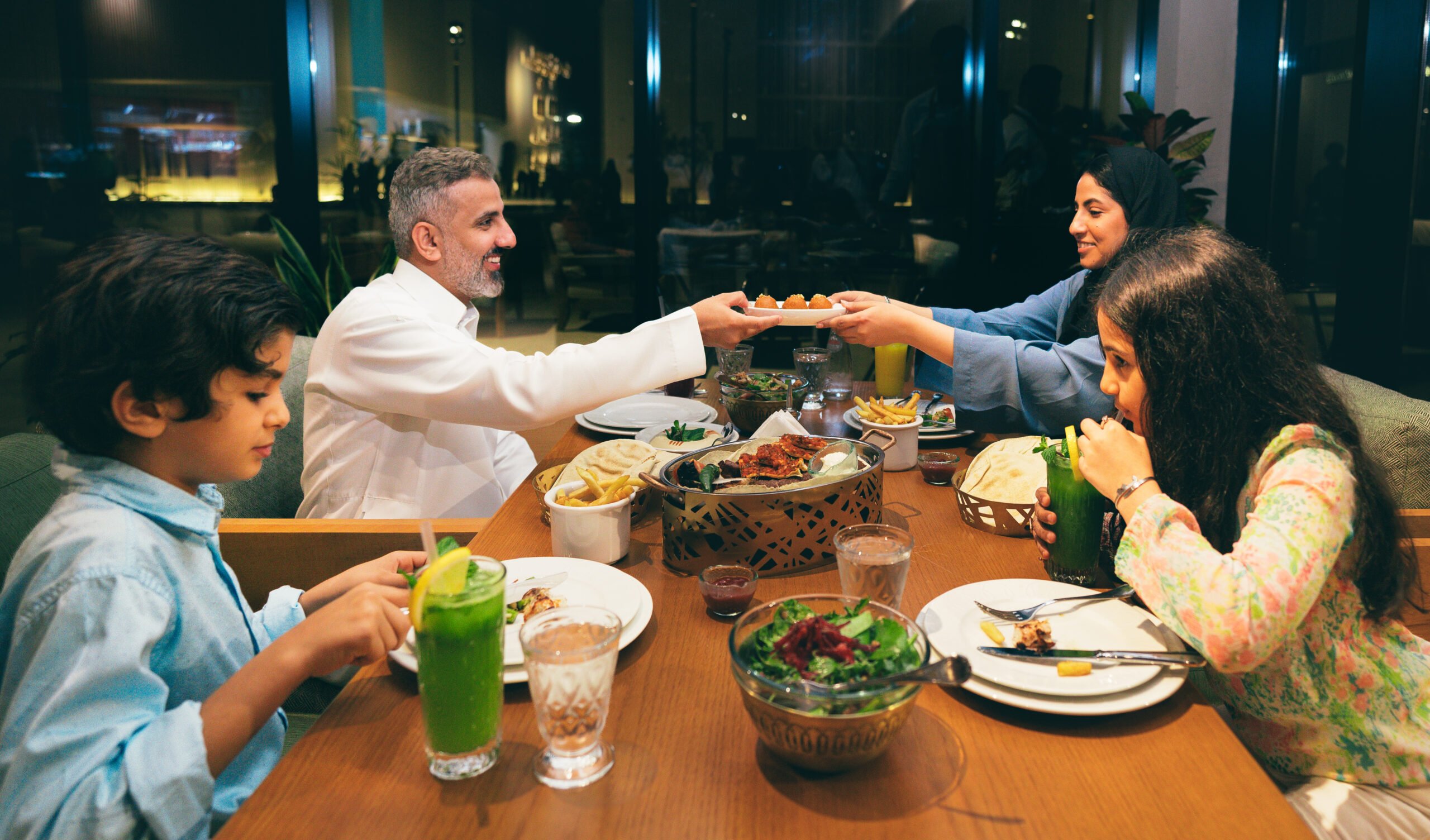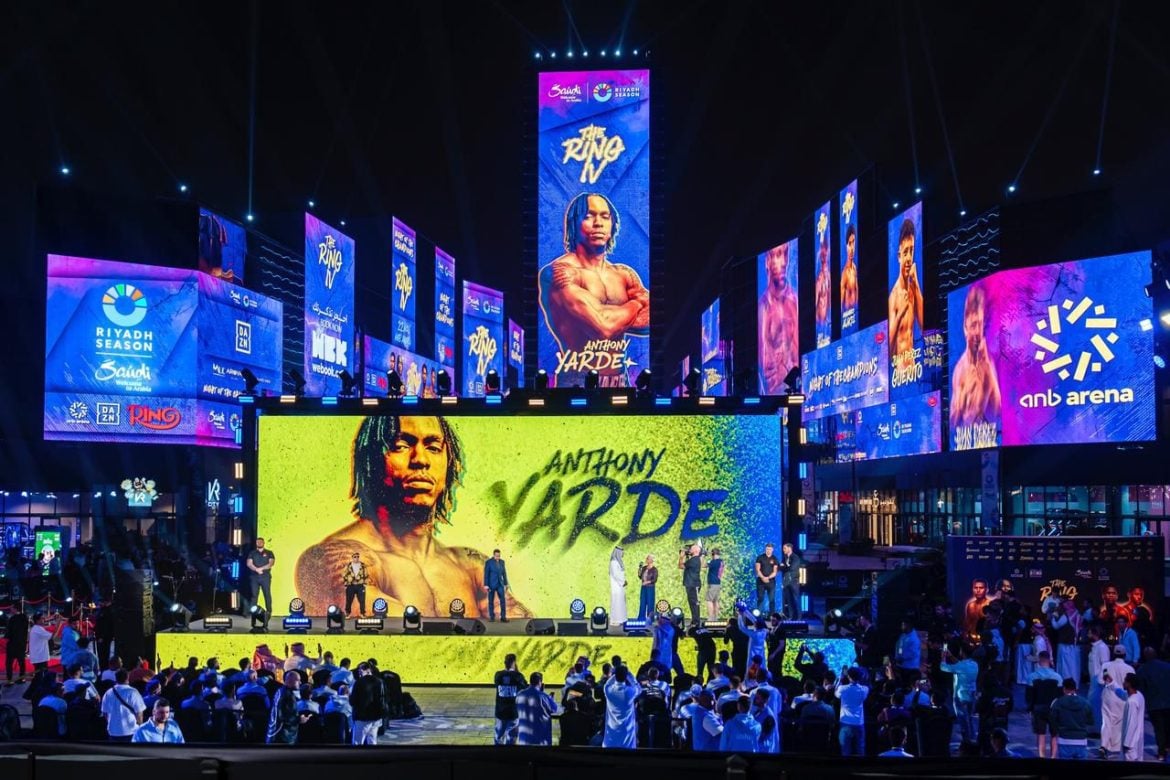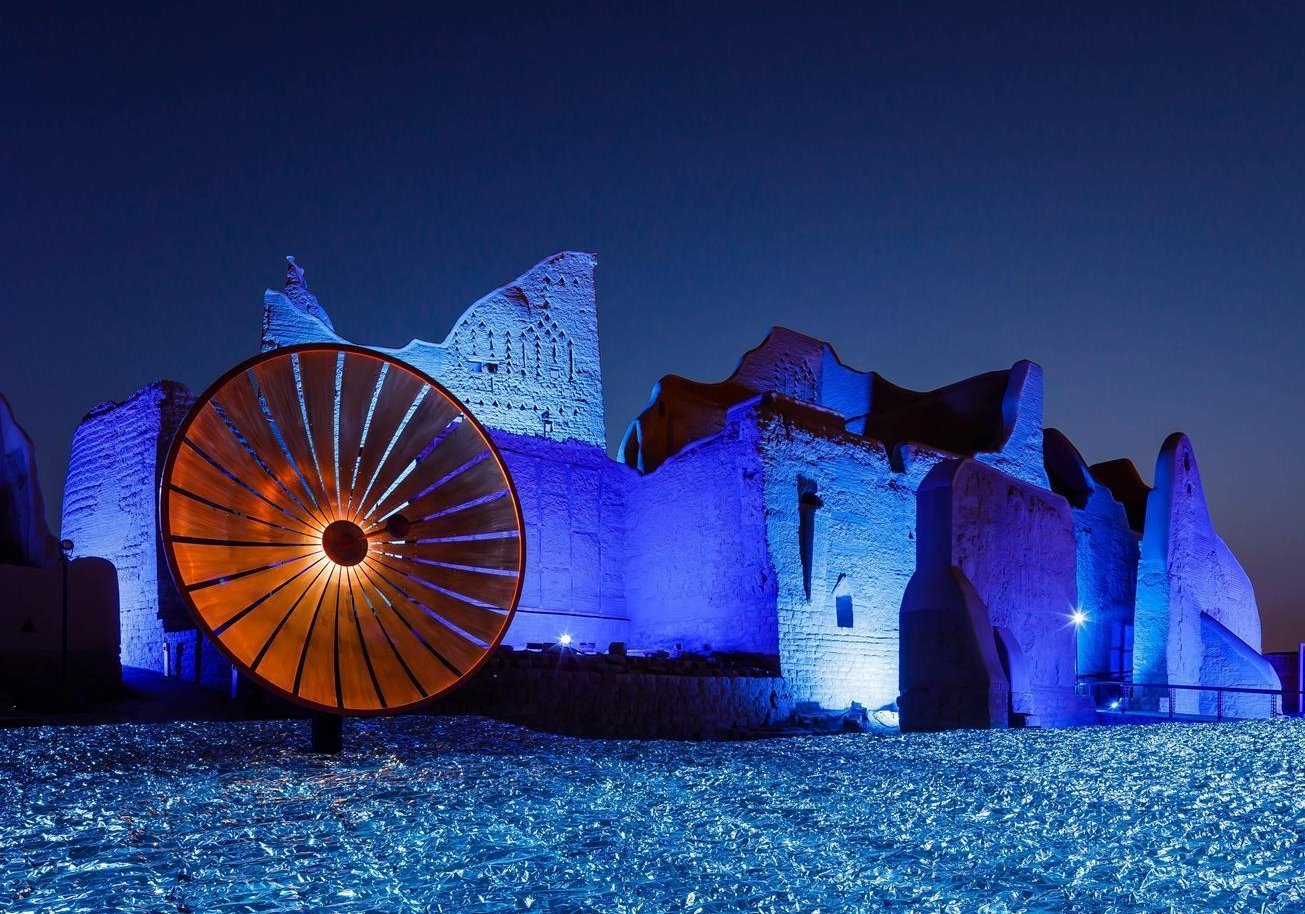Saudi architecture – It’s more than mudbricks and mosques
From mudbricks to glittering high rises and more in between, we’re going to answer some of the most frequently asked questions about architecture in Saudi and showcase why it’s unique in the region.
What is the history of Saudi architecture? Some of the old Saudi houses look like they are made from mud. Are they really?
Yes, some of the old houses are, and there is a science to it! Mudbricks are a traditional building material, particularly in the central Najd region, and with good reason: The ingredients of sand, clay, and straw were readily available and, while they may look primitive, there’s method to the mud-ness. Their pale color was used to reflect the sun’s heat and they were thick enough to keep cool air in (and don’t worry, they don’t melt in the rain). So, it would be fair to say that Saudis incorporated cost-effective sustainability in their architecture way before modern science invented new ways to make them popular! But mudbricks are just one traditional building style…

That makes sense. What other traditional styles are there?
There are four major architectural regions in the Kingdom, each influenced by its climate and available materials.
In the Najd and the Kingdom’s north it’s generally hot in the day, cold in the night, and dry. So, buildings traditionally feature open central courtyards for ventilation and houses are usually built close together to ensure shaded streets.
In contrast, the western Red Sea region is cooler and more humid so courtyards aren’t as common. Houses are traditionally built using coral as bricks, with wooden floors and roofs.
On the Kingdom’s eastern Arabian Gulf coast the climate is again hot and dry – so more courtyards! Houses often have balconies, and wind-catching towers (known as badgeer) are an early form of air conditioning.
One common feature among these three regions is flat roofs – Homes here don’t need to shed the rain and snow that drove the development of sloping roofs in other cultures, and flat roofs are also handy sleeping spaces to make use of the cooler nights!
In the southern Asir region, you’ll see stone and wood homes on the side of steep mountains, built to rain and colder weather, and many contain winter shelters for farm animals.
Nonetheless, with smart buildings and smart cities gaining prominence in the Kingdom and across the world, Saudi Arabia’s architectural scenery is also changing, putting sustainability, security, and a growing standard of living at the forefront of it.
So, when did people start building in Saudi?
The earliest buildings are around 7,000 years old. These include 1,000s of mysterious mustatils, huge rectangular enclosures that local Bedouins attributed to ‘the old men,’ and hundreds of stone circles that archaeologists believe were homes. Saudi Arabia potentially has some of the oldest buildings in the world!

Has Saudi abandoned these ancient ways of building homes and communities? Is it all about modern architecture now?
Absolutely not! Saudi Arabia is proud of its heritage and many heritage sites are still living communities. Jeddah’s Al Balad old town buzzes with life, while the southern coastal city of Jazan’s heritage village showcases the region’s coral stone-style. Deeper within Saudi, AlUla’s Old Town, Riyadh’s Diriyah, and the villages of Shaqra and Ushaiger demonstrate the durability of traditional mudbricks. In the east, explore Dammam’s old fort and, in the south, Asir’s mountain villages live on in Rijal Al Amaal.
Start by visiting these heritage sites and then take a stroll around downtown Riyadh to see the new, modern buildings. You will feel like you are in the middle of a movie, moving through time and history, showing you how Saudi stays loyal to its heritage while adding modernity to its architectural scenery.

Cool, so where would you suggest I go to feel like I’m “in a movie”?
After you’ve visited the heritage sites, start out by visiting Riyadh’s King Abdullah Financial District (KAFD) to see numerous past-meets-future designs and cross the Kingdom Center’s famous sky bridge for city-wide views. From there, take a train to Dammam and visit King Abdulaziz Center for World Culture (Ithra), which looks like an alien spaceship from a Rick and Morty episode before you notice the subtle design cues from the environment around it. Or for a real reflection of Saudi heritage, how about AlUla’s Maraya concert hall?
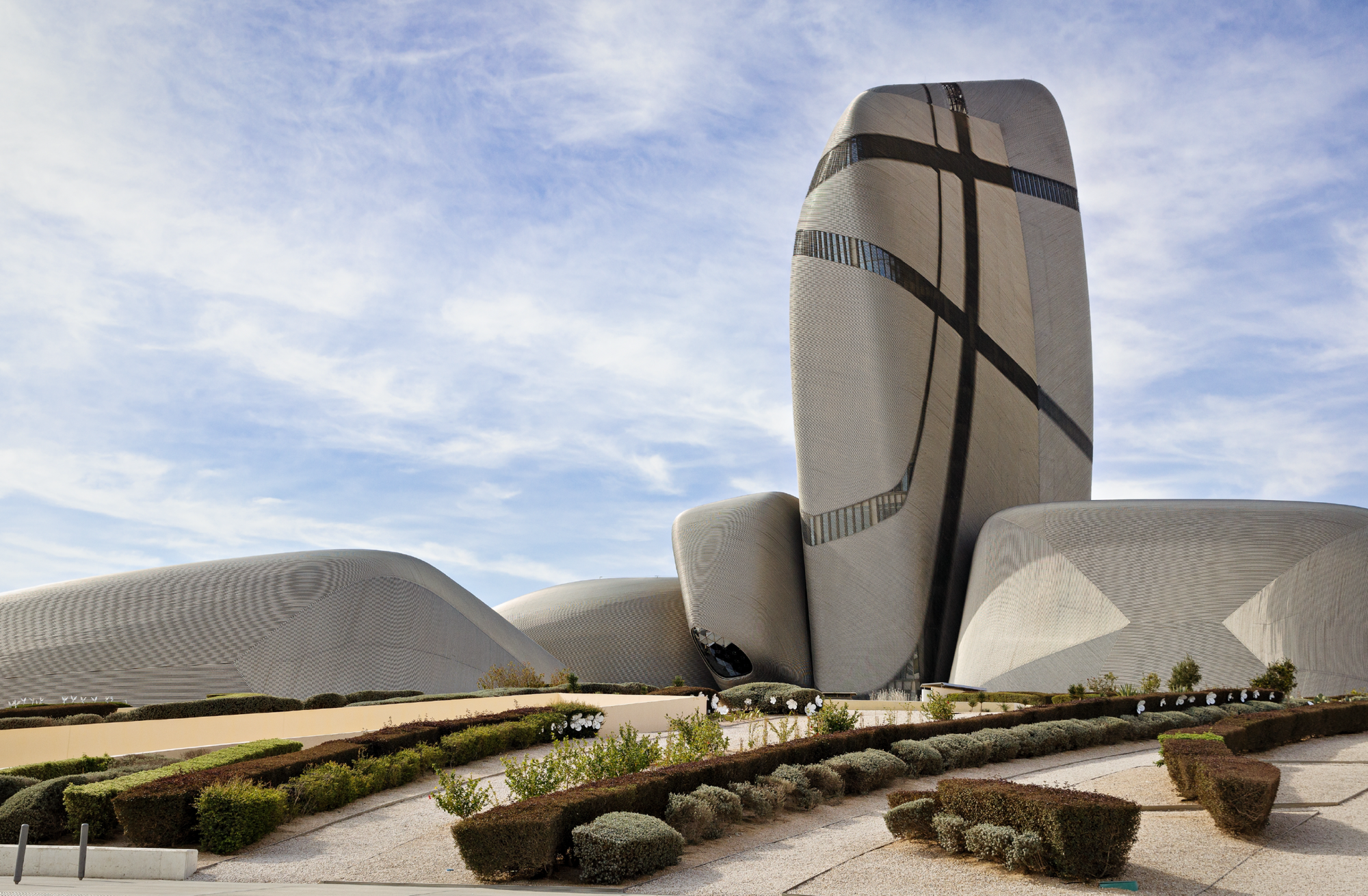
Are there any building codes or architectural guidelines in place?
The ‘Salmani Code’ is an architectural philosophy characterized by a distinctive aesthetic built on six core values meticulously overseen by King Salman himself. Aiming to blend in modernity and tradition, the six core values have been determined as authenticity, continuity, human centricity, livability, innovation, and sustainability. In the very heart of the Salmani Code lies the idea of making Saudi architecture and new buildings and living spaces in the Kingdom relevant to the local people, creating a unity and cohesion between the people, the land, and the landscape. New projects by national real estate developer ROSHN, Riyadh’s Sports Boulevard and New Murabba districts, and many more are embracing the code to create distinctly Saudi urban environments
